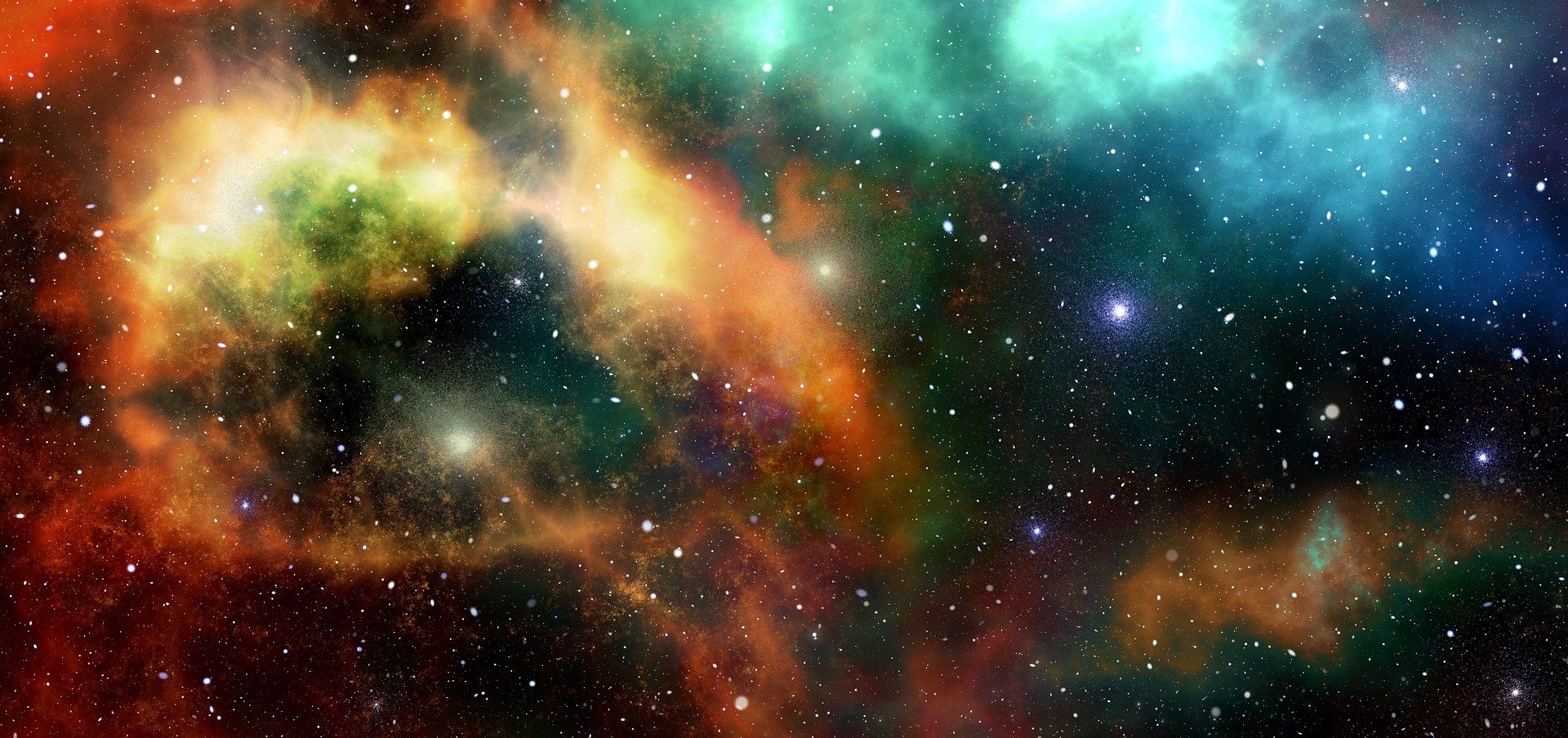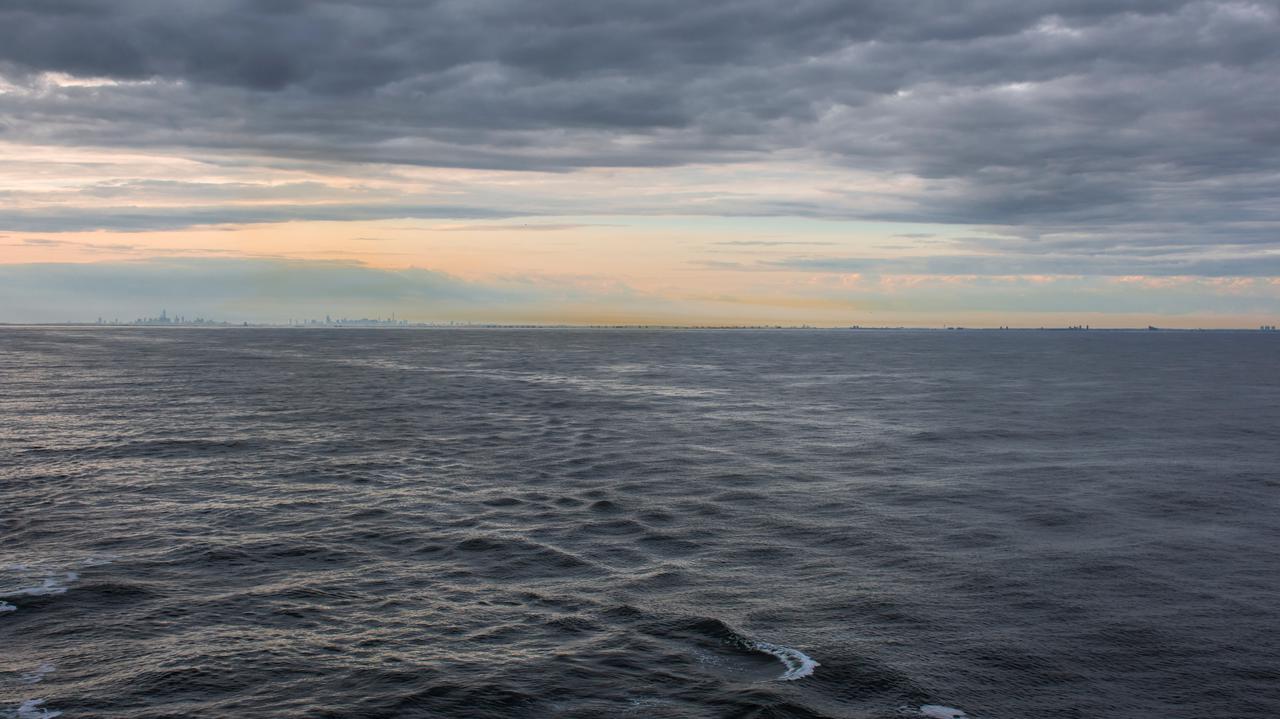About 190 impact craters have been found on Earth so far, which indicates that over the course of millions of years, our planet has been hit from time to time by exceptionally large celestial bodies. The last such event – the impact of a body leaving a crater – occurred in 1947 in the Sikhote-Alin mountains in southeastern Russia.
Earth is under attack
About 2 billion years ago, during the Paleozoic Era, an asteroid 10-15 kilometers in diameter struck Earth in what is now South Africa. The object left a crater about 300 kilometers in diameter. This “geological feature” has been called Vredefort Dome.
Another major event known as the Sudbury Basin occurred in Ontario, Canada about 1.8 billion years ago. The diameter of the object that hit the ground was about 10-15 kilometers. He left a crater with a diameter of 130 km.
While these events left unimaginable devastation in their wake, they are less known than the impact of an asteroid (or comet) 66 million years ago. Then the space object crashed into the Yucatan Peninsula and left behind a crater known as Chicxulub, 150 kilometers in diameter. It was this impact that wiped out 75 percent of Earth’s plant and animal species, including all non-flying dinosaurs.
Recently, another ancient cosmic impact crater was discovered – not as amazing as the one mentioned above, but still very interesting. The discovery was made by scientists from Goethe University Frankfurt. The crater is located near the town of Béziers in southern France.
The crater is 200 meters wide and 30 meters deep. It is the remnant of a meteorite impact composed primarily of iron and nickel. Samples collected from the crater have been sent for laboratory analysis. Close examination of the crater has already shown that the Earth’s magnetic field is slightly weaker there than in the surrounding area. This is the case for impact craters, where the impact shatters rocks or even melts them, causing the Earth’s magnetic field to drop. The researchers also found several impact partial diamonds formed by the high pressure of the meteorite impact.
Across Western Europe, only three impact craters were previously known: Rochechouart in Aquitaine, France, Nördlinger Ries between the Swabian Jura and Franconian Jura, and the Steinheim Basin near Heidenheim in Baden-Württemberg (Germany).
An updated map of craters around the world can be found at:
www.scribblemaps.com/maps/view/Asteroid_amp_Meteorite_Impact_Craters/GA8b753LHR
Read also:
Meteorite over Chelyabinsk. The stunt car over the Urals caused a lot of damageRead also:
Pluto. Moments of glory and the “fall” of the planet – a story of discoveryRead also:
Nicholas Copernicus. He gave up the ecclesiastical honors of science and knowledge

Echo Richards embodies a personality that is a delightful contradiction: a humble musicaholic who never brags about her expansive knowledge of both classic and contemporary tunes. Infuriatingly modest, one would never know from a mere conversation how deeply entrenched she is in the world of music. This passion seamlessly translates into her problem-solving skills, with Echo often drawing inspiration from melodies and rhythms. A voracious reader, she dives deep into literature, using stories to influence her own hardcore writing. Her spirited advocacy for alcohol isn’t about mere indulgence, but about celebrating life’s poignant moments.







